How are things going for everyone? In today’s tutorial, we’ll make sure you’re prepared for in-store carding in the days to come by explaining all you need to know about CC dumps and store cards.
For those of you who aren’t a part of our private invite-only tutorial group, we’ve had an extremely busy schedule dealing with orders and addressing questions, which has stopped us from delivering you the most recent tutorials as we always have and always will.
Having said that, before we start, we’d like to list the terms we’ll be using throughout this tutorial and briefly explain each one below.
1. Dumps
Information called dumps is found on the magnetic stripe of a credit or debit card. In it comes
tracks 1 and 2. No state, no city, no address, nothing. Only two lines of signs or numerals.
To make it more useful, Track 1 displays the cardholder’s name. If the name is distinct,
It comes in helpful since you can white page it to find their zip.
You may only receive Track 2 if you don’t buy your CC dumps from us.
It’s not a big difficulty, though, if you’re smart and knowledgeable and can study the instructions and documentation to create a valid working Track 1 from Track 2.
However, to write a dump on a CC that can be used in both ways, i.e., swipe and EMV, you will need both Track 1 and Track 2. A PIN will also be necessary since you will receive the valid PIN along with your dump.
The following is an illustration of what you would receive if you bought a dump that included both.
Track 1 & 2.
- TRACK 1: 4854240000439134 ^ SMITH/JOHN ^ 2307101000000000000000497000000
- TRACK 2: 4854240000439134=23071010497000000000
Again, if you’ll only get track 2, then you’ll need to make track 1.
Let’s examine an example of a dump that only includes Track2.
- 4888603170607238=23051011203191805191
When you see an equal sign (=) in a track, it always means it is Track 2.
You first must take the Credit Card number from Track 2 (Everything before the
equals sign) in this example, it is;
- 4888603170607238
- Put the letter “B” in front of the number, as shown below:
- B4888603170607238
- Then add the cardholder name YOU want to show on the card / receipt
- B4888603170607238
- ^Smith/John^ (Last name first/First Name)
- Please proceed by adding the expiration date and service code. In this instance, the expiration is YYMM 2305, and the 3-digit service code is 101, so you would add 1505101.
- B4888603170607238 ^ Smith/John ^ 2305101
- Now add 10 zeros after the service code:
- 230510100000000001203191805191
- Next, add six zeros.
- 00000
Congrats! You have just made Track 1 using Track 2.
This is your final version.
Track1: B4888603170607238^Smith/John^230510100000000001203191805191000000
2. Plastic
Plastic refers to the white cards that many dump card vendors use to match your dump, meaning they will emboss your dump’s numbers as well as the desired name you want onto a blank card.
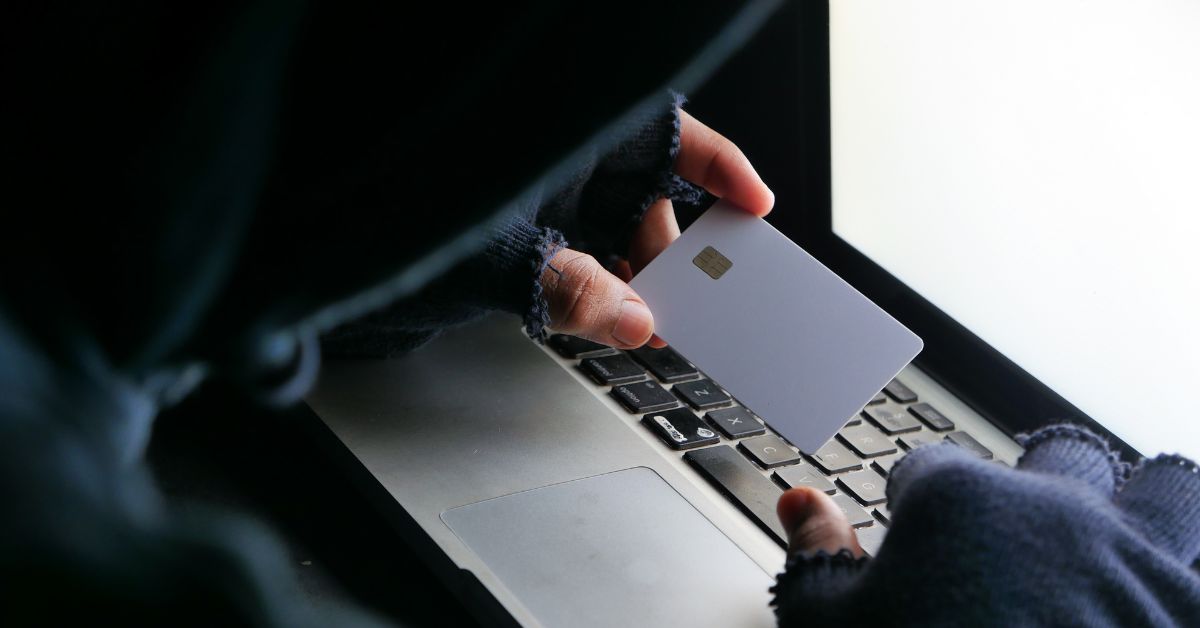
You’d be surprised at the quality of plastics; most cashiers are unable to tell a fake from a real one (unless the cashier is well knowledgeable about this).
Since any old card may be encoded, plastics are not required and are just a lot more authentic.
If your dumps expire quickly because they were obtained from a shady source, this might also be a waste of money.
3. 101/201 Dumps
What makes dumps 101 and 201 different from one another?
101 requires a swipe, whereas 201 requires a chip. It’s really simple.
Now you’re going to ask, “How are you going to pass a card with a 201 chip and no pin?”
There are locations for it, particularly POS systems that swipe 201s (meaning they do not insert them). You may either find locations on your own or simply buy quality dumps from us that work.
Let’s move on to the more intriguing content now that you’ve mastered the three terms we’ll use throughout the course.
There are a lot of ways to accomplish store carding, but essentially it comes down to this:
- I am hitting it randomly.
- Insider carding.
1. Hitting it Random:
There are countless possibilities if you possess an embosser. Your card numbers match your track, so you can travel pretty much anyplace. This is crucial since certain POS systems have digit verification, but more about that later down.
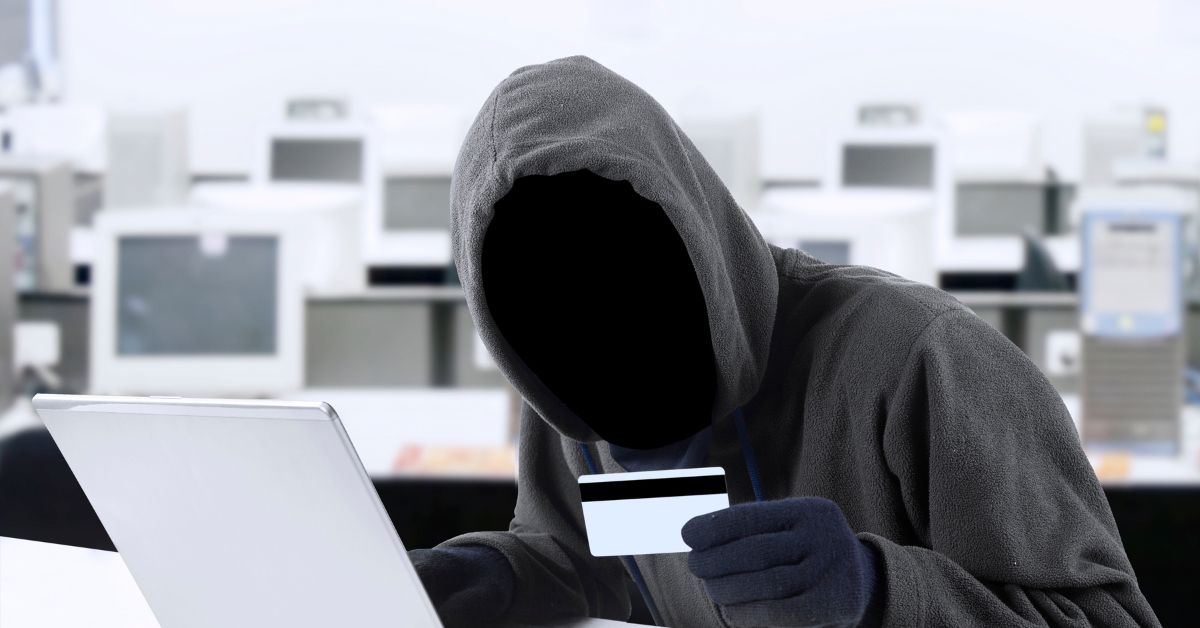
You have two alternatives if you are re-encoding old cards and don’t have the last four matching.
Option A) You may buy it from us and tell us the last four digits you need so we can give you the dump to use with yours and by yourself.
OR ELSE
Option B) Make sure your credit card’s last four digits are not requested by the POS system at the store you want to visit. Until you find the right solution, you’ll need to experiment.
When you hit a specific dollar amount, verification is often not available in most places in the US.
2. Insider Carding:
The safest way to proceed is this. In order to pass cards, you will need to connect with someone within the store. Therefore, matching plastic is not required here, and you can typically get a way with a lot of plastic without making it look suspect.
We advise you to do this in order to accumulate the funds necessary to buy equipment for random hit ting (or to afford strikers). Reasons to read about POS Types. A lot of POS systems are distinct from one another, and there are many of them. You will now need to know which ones are simple to swipe and which ones are a little bit more difficult.
Once more, matching numbers are required for this since certain POS systems will ask you to enter the four last digits of the card number.
Even with an insider, he or she must enter the matching numbers; otherwise, the payment will not be processed. However, you can write the numbers on paper and let him enter those rough numbers.
Let’s use the POS system from Best Buy as an example. Without the computer asking for the last four digits, you cannot buy anything at Best Buy.
Like this, most stores are. The computer will ask the cashier to enter the last four digits when checking out with a credit card. After verifying the card, the cashier will ask to see it.

If you’re at a store that requires last four verification and you don’t have the last four embossed, just make up an excuse like
“Oh, I see. I actually forgot that I wanted to pay with cash for this.”
Take out some money, then utter,
I don’t have enough, I see. What location is the nearest ATM?
The cashier won’t be able to enter the last four because of this, and it says
“DON’T MATCH.”
It may cause a shitstorm.
The cashier would probably just respond, “Wow, weird, I have never seen that before,” if you went ahead and handed the card while “acting dumb.” After saying something like, “Wow, weird, I have never seen that before,” they will probably give you back the card.
A seasoned cashier, on the other hand, will try to take the card by calling your bluff.
We couldn’t find any pricing verification since Walmart is Walmart.
The receipt will display the real encoded last four, so if your last four do not match, they may still look at it and call your bluff.
Only if they want to test you and you look really dubious will this occur. The majority will simply hand you your receipt and wish you a happy day.
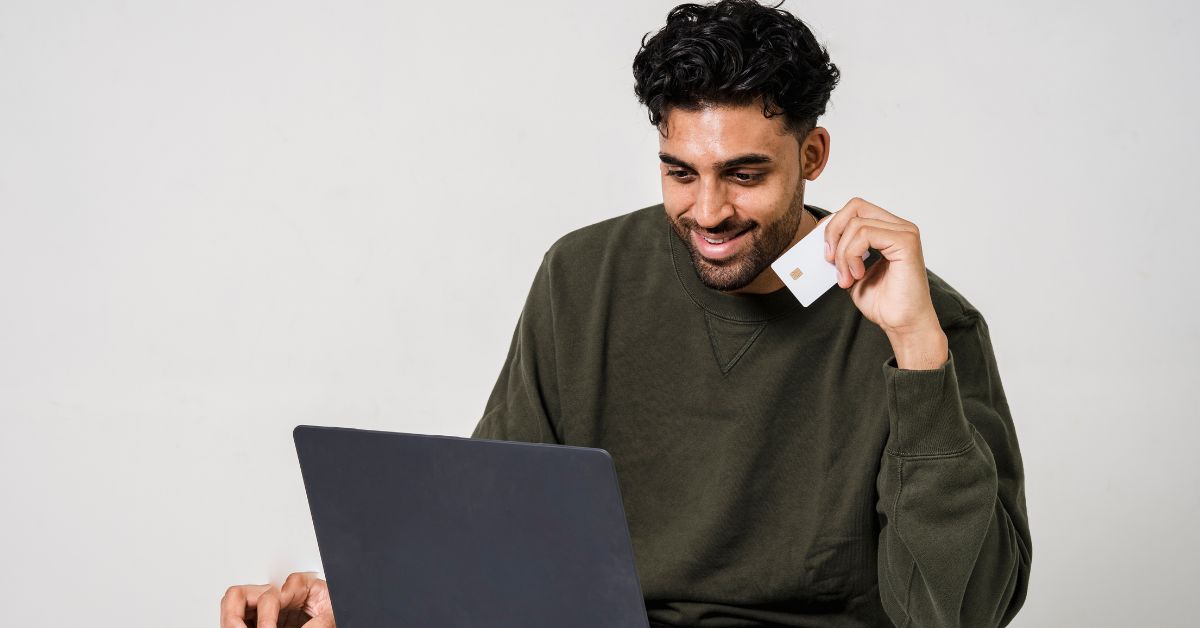
You are responsible for determining which stores ask for the last four and which do not.
Other point-of-sale systems require the CVV2 (the three security digits on the back of the card, or four for Amex) before they even swipe the card. The CVV is encrypted in Track2 and is exceedingly difficult to decipher (different technique for each bank); therefore, keep in mind that dumps bought online do not include it.
You must thus go over the dumps, verify them for yourself, and take note of them in order to accomplish CVV2 matching. This is often seen in large stores.
The insertion of 201 (chipped) cards is prohibited by certain point-of-sale (POS) systems. These POSs are good to keep in your book because occasionally the bins or country you want will be out of 101s, and you’ll be left with 201s, and you can hit them with these POSs. They therefore swipe the chipped card, which does not require inserting or pinning.
People who utilise a black pad as a point-of-sale (POS) device without using the insert slot and have a screen for taking signatures are a good example. How can one acquire dumps? Getting dumps isn’t that hard as long as you’re an experienced cybercriminal. Dumps can be obtained in three different ways.
1. Hacking
Simple: you use malware or a logging system to hack POS systems for dumps. Because it requires creating the malware and testing it on a point-of-sale system that you will buy yourself, this assignment is best suited for experienced hackers.
2. Skimming
Both offline and online skimming exist. Pagers and mini-readers are also acceptable. My recommendation is to increase your offline D+P investment.
3. Purchases made at CVV Glitch:
You would be better off going with a seller like us who has the knowledge and resources to obtain authentic working dumps with Track 1 + Track 2 + PIN, even if there are many vendors who sell work dumps online.
Bin Selection: A lot of people’s ideas on BINs are unclear. The first six digits of any dump are called bins.
It indicates the financial institution it is from as well as the location of this card branch and the type of card the dump is. Simply let us know in the note while checking out if you are seeking a specific BIN for the dump, and we will be pleased to comply with your request since we review all notes before filling your order. To find the finest ones, people typically create binlists (you should do the same). People are looking for special and hard-to-find bins since they typically have unique qualities like these:
- They die slower, so when a base is almost dead, these are still approved.
- They do not have a region lock.
- They have high limits.
The greatest bins are generally the local ones!
You can encrypt your dumps on any device that has a stripe once you have them. Generally speaking, old Visa gift cards are good. In the event that something goes wrong, you can throw the card away. It is not connected to your name.
Tracks 1 and 2 will be encoded using an MSR encoder (reader/writer); track 3 will never be utilised.
on the card’s CC line.
This is really the only tool you need, and we also frequently sell all EMV writing software and hardware, so we know a thing or two about it all. These additional pieces of gear are also very good buys.
Embosser + Tipper Set: Due to how bulky they are, we are unable to sell those on our website at this time, even if they could be a worthy purchase. These are available on Amazon.
Blank plastic that has not been embossed costs between $115 and $120 when bought in bulk, whereas embossed plastic costs between $445 and $450 each piece when bought separately.
Don’t worry, they are easy to operate. To utilise them, you don’t need to be brilliant. Holos + Card Printer: Again, we don’t manufacture them since they are too bulky to ship. This is normally for people who have a large operation or want to sell blanks or embossed plastics.
We have all of this equipment at our Utah office, and it costs a lot of money—between $2,500 and $2,500 if you want a good, professional machine.
If you know someone who works at a luxury restaurant where they pass your card in the back, you may give him a pager that records up to 2000 dumps. So, pagers (mini123, etc.) are good. This way, a lot of our third-party vendors at Cashout Empire get dumps + PIN.
Perhaps you’re wondering how to hit a store correctly.
Well, visiting stores is pretty simple, but if you’re just starting out or you’re
Since you will need to pretend that you are the real cardholder, you could feel anxious or bashful.
Instead of dressing like a kid or a gangster, act and dress naturally.
Make a scenario and plan it out now that you know what you are receiving before you enter.
prudently. Finding the dumbest or newest cashier is a crucial part. Some cashiers will look at your card and verify it, while others may call the manager to come check it. Because they are often too naive or don’t give a f**k, find the youngest/dumbest-looking cashier or the most f***ed-up/stoner cashier.
Declined/Hold-Call:
It happens randomly to many people, so don’t be alarmed.
Decline: This indicates that there is something wrong with the card, but it is not technically stolen, thus they are unsure of what is wrong with it right now.
Simply walk away and tell them you’ll call the bank. You won’t be pursued. Most likely, your card is just dead. Make a new one at home before continuing with your day.
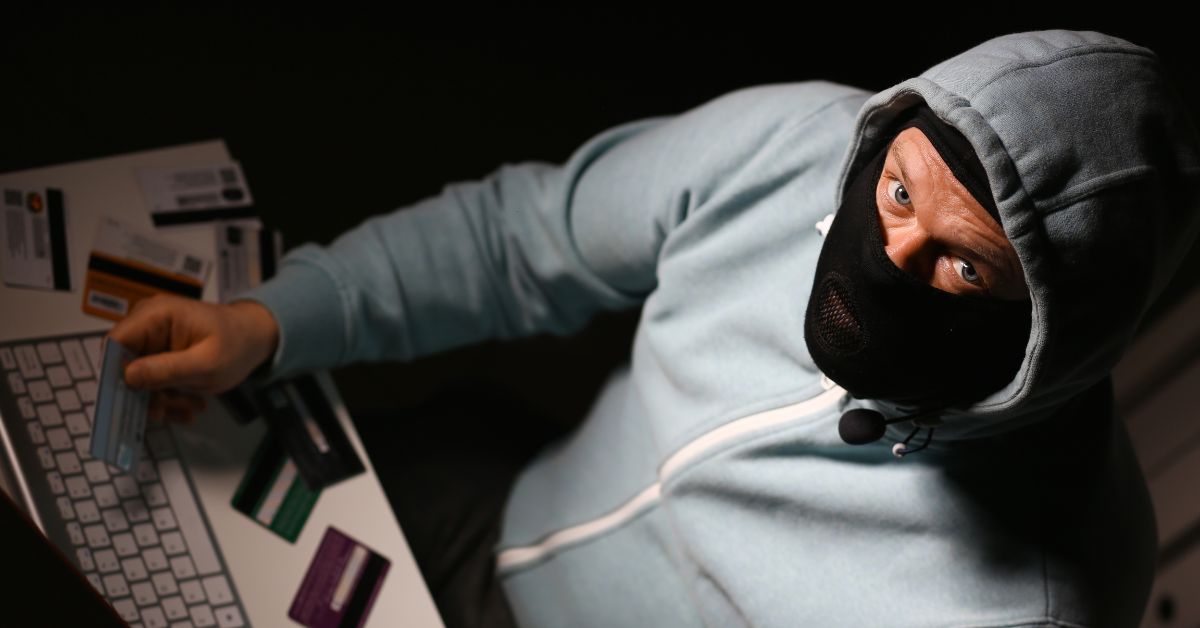
Hold-Call: This is where things get dicey; it means the cashier must hold the card and call the old bank.
You might keep the card and tell them you’ll call the bank later because you’re in a rush. This means there is unquestionably something wrong with your card.
That concludes today. You may always buy our masterclass if you have any questions and would like us to take the time to explain everything to you. Did you like this simple tutorial on how to start using CC dumps for in-store carding? If so, you can always write to us to tell us about your views and reviews. You may even request additional articles on a specific topic.


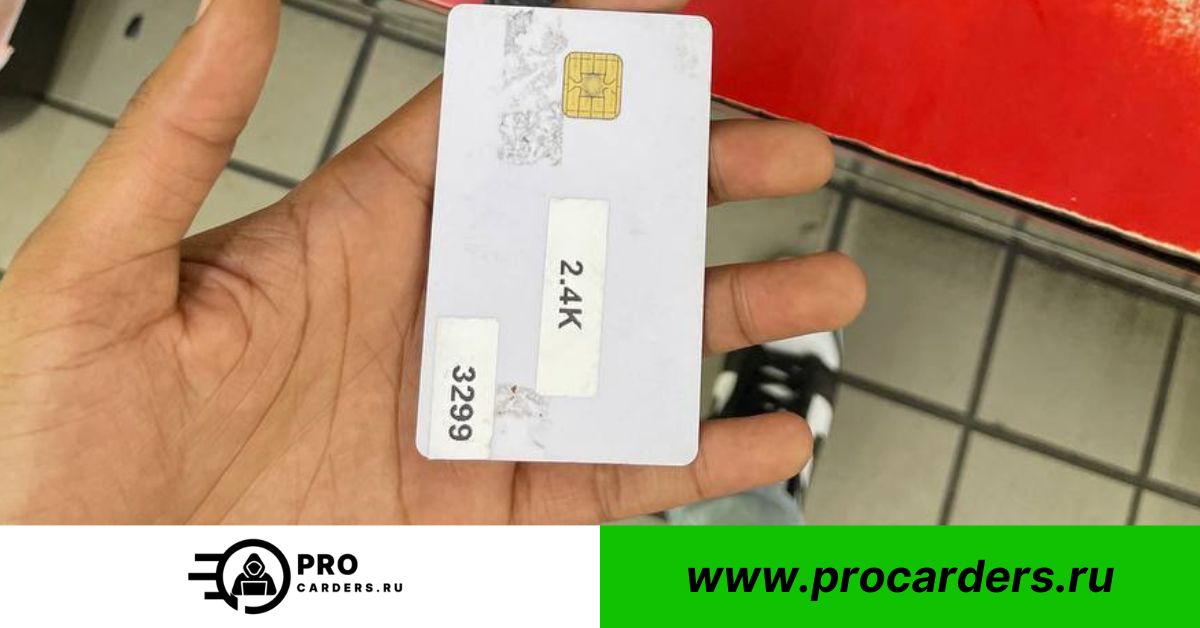
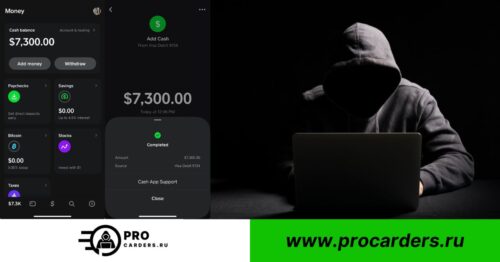
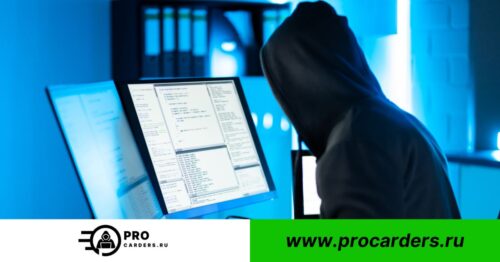





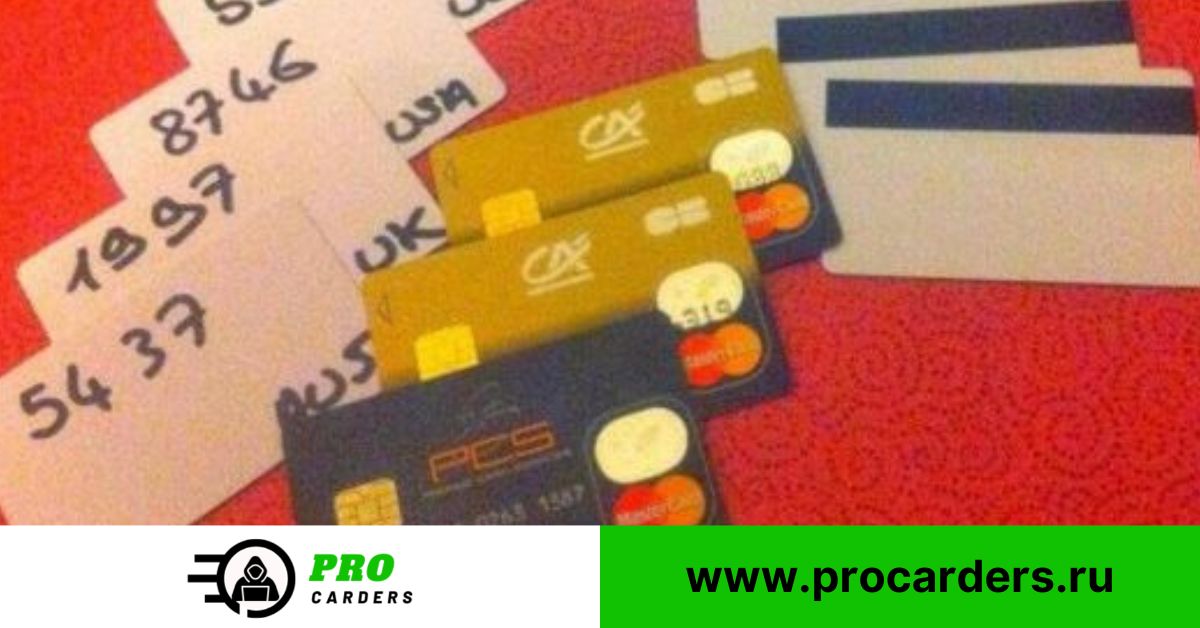
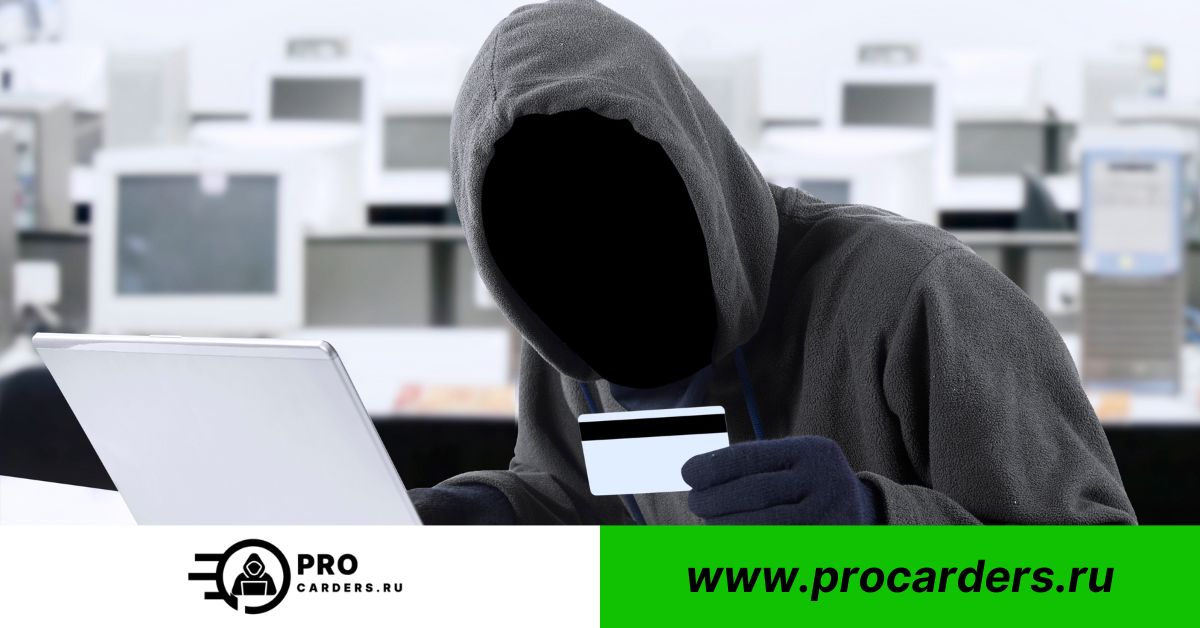
Leave a comment